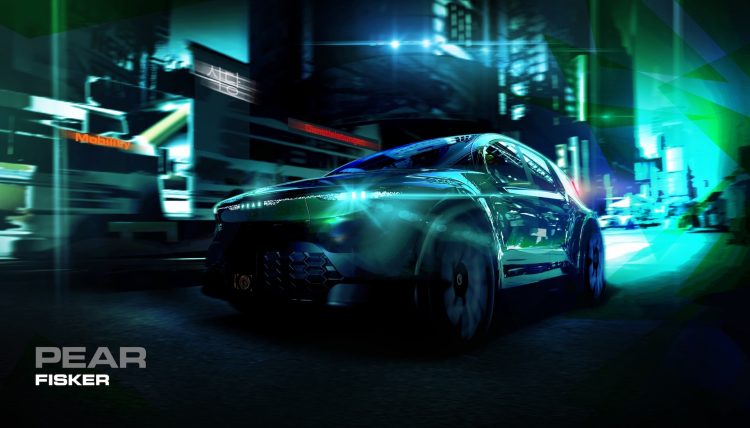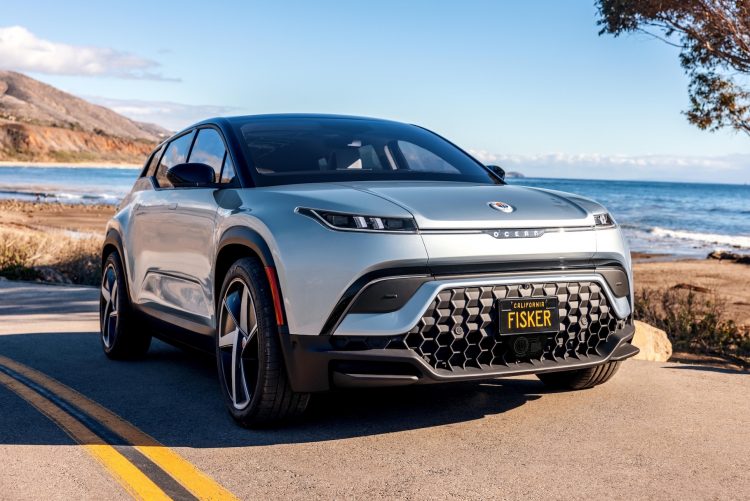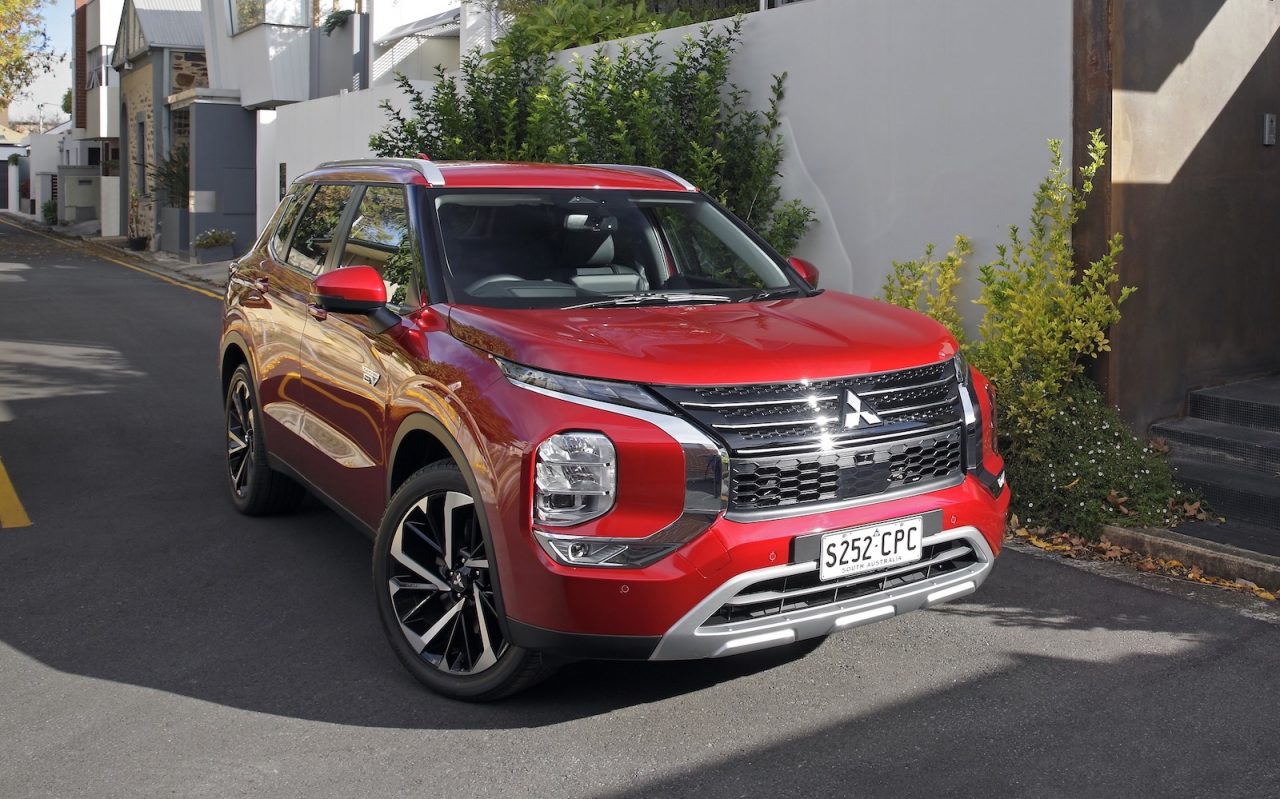Fisker has made no secret of its hopes in becoming a massive player in the world of electric vehicles, with the latest from the company revealing plans for a new PEAR small SUV to go into mass production next year.
Before we get into the PEAR, let’s do some catching up on how Fisker has gotten back on its feet. While the company initially made waves with its Karma hybrid sports sedan around a decade ago, financial woes saw the company file for bankruptcy, resulting in an extended period of silence.
That was, up until earlier this year when the company’s founder, Henrik Fisker, announced a return with the Fisker Ocean concept under a separate company called Fisker Inc.
Pre-orders for the Ocean have reportedly been taken, with Fisker reporting 5000 orders within just 30 days, with the battery-electric crossover set to enter production in Austria some time in November.
Now, riding an optimistic wave of pre-orders, Henrik Fisker has confirmed that the Ocean (shown below) will be followed up by a small SUV known as the PEAR, which promises to wear a price tag “below US$29,900” (about AU$48,000), potentially slingshotting Fisker back in the limelight as a heavy-hitter in the world of EVs.
Henrik Fisker told Autocar that the PEAR “is a vehicle that ultimately will take us to a million vehicles – we hope – per year, in 2027”. The company signed a deal with electronics manufacturer, Foxconn for US production.
The agreement outlines an initial production schedule of 250,000 units per year kicking off in 2024, at a production line in Ohio that was once owned by General Motors.
Fisker has roped in ex-BMW general manager, Alpay Uguz, as a “manufacturing guru” to ensure Foxconn can stay atop of the aggressive production plan, as Fisker hopes to “revolutionise automotive manufacturing and, to a certain extent, supply chains”.
The PEAR is described by the company’s founder as a “funky vehicle”, although, he is reluctant to call it an SUV, rather saying it “looks like a futuristic little space shuttle – to describe it best”.
He added that it will feature a number of unique features that have never been done before, while failing to confirm any concrete details, other than the fact it will ride on a steel platform to save costs, whereas the flagship Ocean rides on an aluminium platform.
In an official statement, Fisker said: “The PEAR will be a revolutionary electric vehicle that won’t fit into any existing segment.”
Before wrapping up his interview, Henrik Fisker also confirmed that the company has plans to release a four-seat convertible supercar known as the Ronin, which could make a debut in 2024. A statement also confirmed the PEAR’s platform will help underpin two other new models down the track.
The Ronin is set to feature a three-motor powertrain, offering sub-two-second 0-100km/h sprint times and a range exceeding 1000km. Fisker said: “The benefit of a supercar is being able to explore new technologies that we normally wouldn’t be able to do on a high-volume car.”
He said the company is working on a large integrated battery pack idea, as well as looking at ways to increase the use of luxurious recycled materials for the interior. Although, he admits this could be too expensive for a high-volume product.
Just how realistic Fisker’s claims and production targets are will become clear as the company moves toward its aggressive expansion plans, spearheaded by the Fisker Ocean hitting the factory floor in November.


